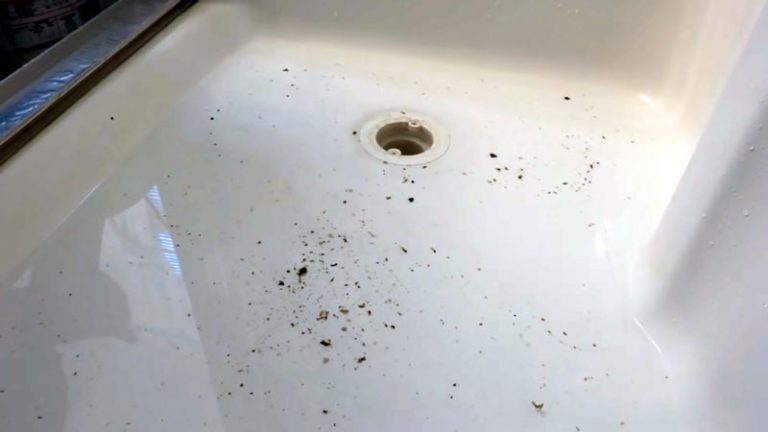How Does A Propane Tank Valve Work
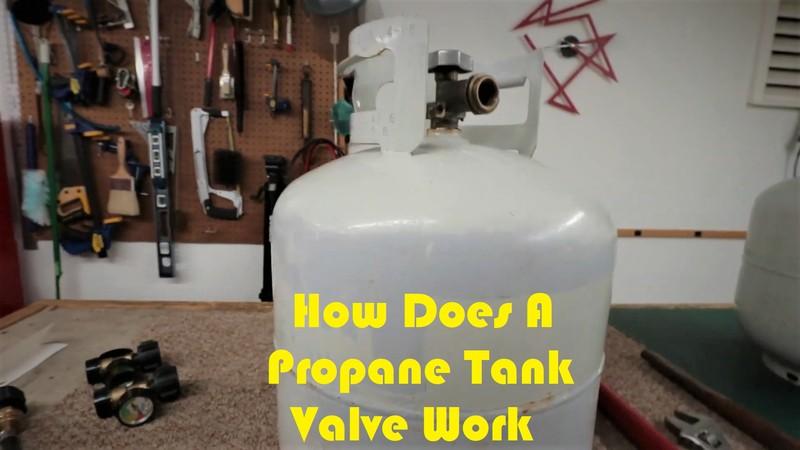
A propane tank pressure relief valve releases pressure inside the tank in case of an emergency, protecting you and your property. Properly installed valves protect both the propane tank and yourself from potential injuries or damage.
Knowing how a propane tank valve works is important for safety reasons, so keep this information in mind when selecting one for your home. There are many different types of valves available on the market, so find the one that best suits your needs and installation guidelines.
For added protection against leaks, always replace or maintain your valve according to the manufacturer’s instructions.
You'll Learn About
What is a Propane Tank Valve?
When propane is used in appliances, the gas enters through a valve on the tank and then goes into your plumbing system. The service valve controls the flow of gas so that there aren’t leaks or explosions when you turn off the main supply of gas.
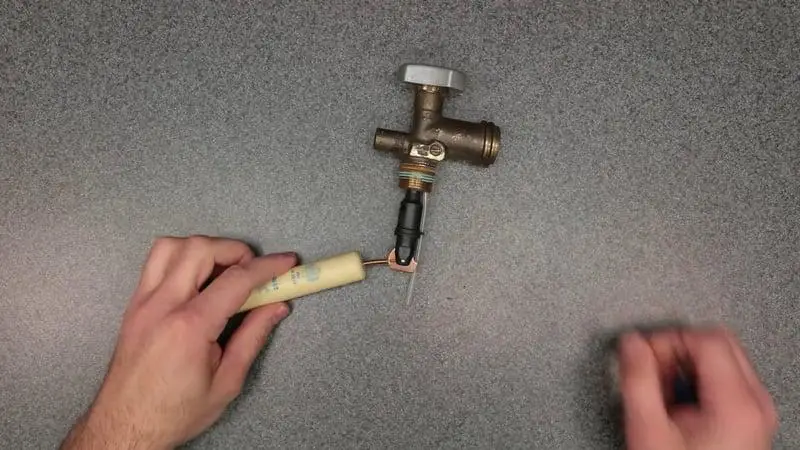
All ASME propane tanks have this valve- it’s usually located under the dome or collar. The primary function of this shut-off device is to prevent an LP Gas appliance from any bad accident that might hurt you or your family.
How Does A Propane Tank Valve Work
A propane tank pressure relief valve works by opening to vent excess pressure when the pressure inside the tank gets too high. If this happens in a situation where you can’t reach the valve, it may open on its own and release all of the gas inside your tank.
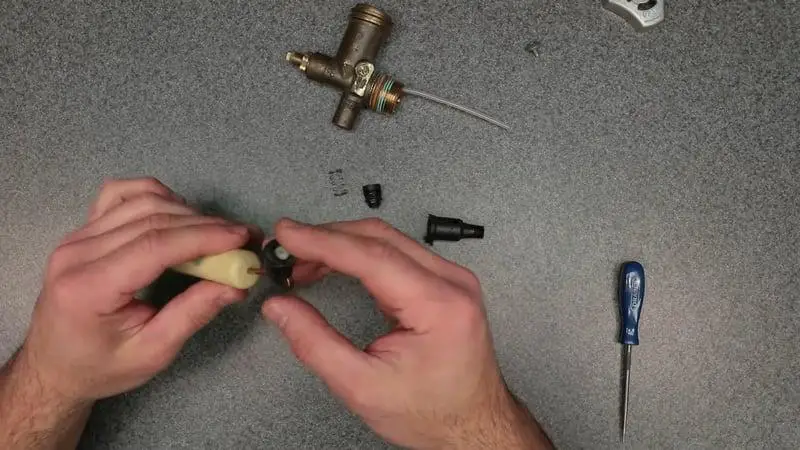
The propane safety relief valve is located near the shut-off valve on the top of your tank, so that it’s able to function automatically in an emergency. It closes again once pressure returns to normal, protecting both you and your property from potential harm caused by a dangerous Propane explosion.
Ensure your tank’s safety relief valve is kept clean and unobstructed as part of your home security plan for any high-pressure propane storage tanks.
It works in a very simple fashion. It uses the spring diaphragm mechanism described below:
Spring and Diaphragm Mechanism
To prevent a propane tank from exploding, the pressure must be released using a spring and diaphragm mechanism. When too much gas builds up in the tank, the diaphragm will become pushed by the gas, causing the valve to open against the spring pressure.
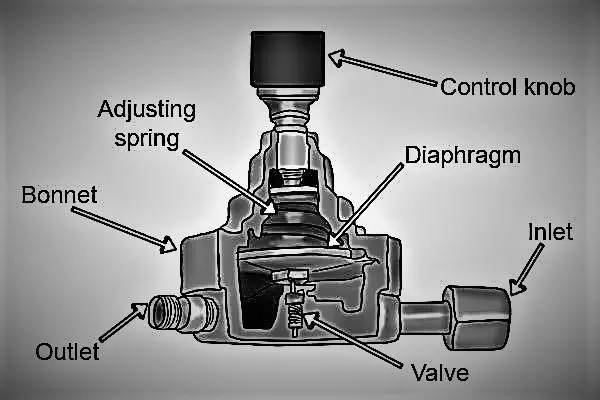
If this occurs, gas is released to lower pressure, preventing an explosion of your propane tank. Always keep an eye on your propane tanks – if you see any changes in its functionality (like increased pressure), don’t hesitate to contact your supplier or service provider for assistance right away.
Your Spring & Diaphragm Mechanism should be replaced according to manufacturer guidelines (often 10-25 years) or if there are signs of wear or tear.
Which way do you turn a propane tank valve?
To open the valve, twist it in the direction of the “Open” arrow. To close the valve, twist it clockwise. This process is really simple and anyone can do it.
What happens if you open a propane tank valve?
If you open a propane tank valve not connected to an appliance, you can cause gas to escape. This is because the valves in these tanks are designed to supply gas, but they’re not meant to allow liquid fuel to flow in or out.
If there’s too much pressure inside the tank, the relief valve will open and gas will shoot out like fire from a blowtorch. Below, it is described briefly:
- Opening a propane tank valve can cause the gas in the tank to escape, leading to an empty propane tank. This could result in an inconvenience because you may not be able to start your grill or oven if there is no fuel left.
- If there is a leak in your system, this gas could find its way into other parts of your home and potentially cause serious damage. A defective OPD valve can also lead to this issue, as it may not properly seal off the connection between the service valve and tanks when they are full.
- When dirt or rocks get lodged inside of your service valve, they can block the flow of gas from your tanks and create leaks. In extreme cases, this could lead to a fire hazard that destroys your property or injures you.
- Your problem might be solved if you can clear away any obstruction blocking the flow of gas from your OPD valve (eg: dirt). However, if this doesn’t work then you will need to replace the service valve by contacting a professional.
- Make sure that all of the connections between your service tanks and OPD valves are tightly secured so that no gas can escape during a successful operation.
Should you open the propane tank valve all the way?
Opening the propane tank valve all the way while grilling can help prevent gas leaks. If the valve is not fully opened, the back-seating seal may not engage on older valves.
Always be sure to check your grill for any obstructions before starting cooking. Checking for gas leaks is an important part of safe grilling.
Why is my propane tank not releasing propane?
If your propane tank isn’t releasing propane, it could be because of a number of things. The most common reason is that the valve on the tank has been damaged or defective.
If you notice this happening often, it might be worth getting a new tank installed.
The Valve Is Defective
A defective valve can prevent propane from flowing out of your tank properly.
This issue can be caused by a number of factors including worn or broken parts, incorrect installation, and corrosion.
You Are Not Turning On the Propane Tank Properly
If you are not turning on the propane tank properly, it may not release any propane at all.
Make sure that you turn on the valve on your tank correctly. If you have an automatic changeover regulator, check the indicator window when attempting to start up your system.
Obstacle Between Flow
There could be something blocking the flow of gas between your tank and regulator which would then cause this problem. Check for kinks or obstructions in the lines between these two components and take action if necessary to fix them.
An Object Was Placed Over The Valve Opening
If there is something blocking the tank enclosure or hose (like a chair), it will stop gas from flowing into or out of your propane system completely- leading to this issue. Remove anything blocking the valve so that propane can flow freely once again.
How Do You Fix a Leaking Propane Tank Valve
If you see a propane tank leaking, it’s likely that the valve on top of the tank is faulty. This can be fixed by having a professional replace the valve.
Remove Tank
Do not attempt to remove or replace a propane tank valve yourself. This is a high-pressure hazard. Contact a licensed propane professional for repairs.
Make sure to reconnect all of your hoses and valves before returning everything back into place.
Locate Valve(s)
Once your tanks are located, identify which valve controls how much propane enters and leaves each cylinder. The most common type of valve used for this purpose is a handwheel service valve.
There may be more than one such valve on a single tank depending on its size and configuration.
Disconnect Hoses and Valves
Leave all valve repairs to professionals. Disconnecting hoses should only be done when swapping tanks.
Open Valve(s) by Hand or with a Wrench (if Needed)
Do not use a wrench on the valve body. Turn the handwheel by hand only. If stuck, call a professional.
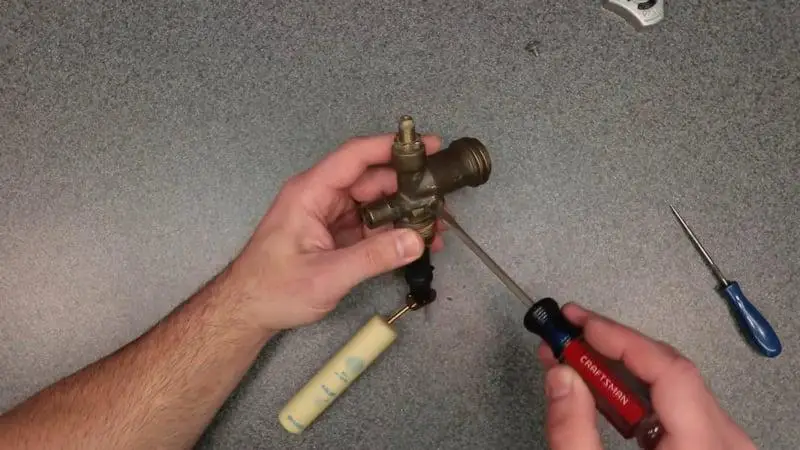
Do not insert tools into the valve. This can damage the seals.
Note: Doing this could potentially cause leaks if an improper technique is used.
Test for Leaks After Opening All Valves & Reconnecting Hose/Valves
Now it’s time to test for any potential leaks after opening all possible valves along with reconnecting any hose connections or hoses involved.
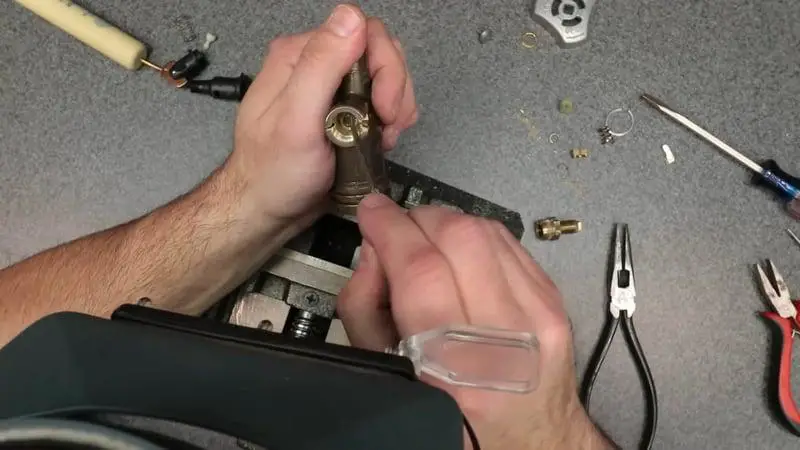
Apply soapy water to connections. Bubbles indicate a leak.
Note that this can only be done after everything has been turned off as well as each.
To Recap
The safety Propane Tank Valve works in a simple mechanism. This simple but efficient mechanism protects you and your belongings from unexpected accidents.
Frequently Asked Questions
How Do You Seal Black Gas Pipes?
Sealing black gas pipes is very easy. Either you use gas-rated Teflon tape or pipe thread sealant. Just apply the proper tape or joint and tighten fittings.
What’s the Difference between Teflon Tape and Pipe Joint?
A pipe joint compound is a liquid or paste sealant. It is used to seal black gas pipes. Teflon tape is a thread sealing tape (use yellow for gas).
What type of valve is on a propane tank?
It is Overfill Prevention Device (OPD) valve. This valve is used to shut off the flow of gas in case the tank is overfilled.
What is a propane tank?
A propane tank is a large tank that is filled with liquid propane.
What is a regulator?
A regulator is used to control the pressure of the gas.
What is a high-pressure gas line?
A high-pressure gas line is a line that is filled with unregulated or high-pressure propane gas.

